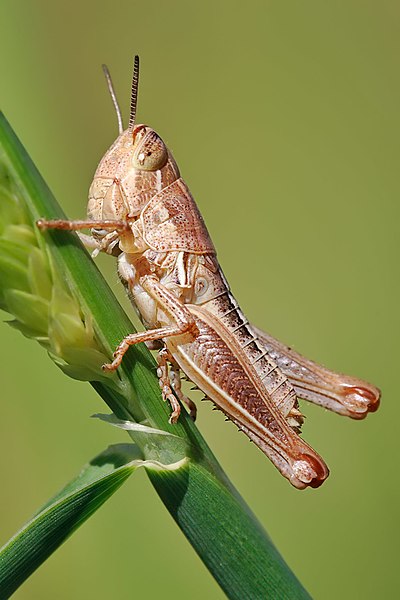Insects, earthworms and other invertebrates form a surprisingly large part of the natural diets of many finches, and are essential foods for captive shama thrushes, white eyes and other popular softbills. Even zebra finches and other hardy species that fare well on seed-based diets benefit from insect nutrients. The provision of live insects is often a key factor in bringing birds into breeding condition, and they are indispensible to those with chicks to raise.I have written a number of articles on our Reptile Blog which may be of interest to aviculturists seeking to breed birds or increase dietary variety. I’ll briefly alert you to some of the possibilities here…please see the links below for more details and for information on handling insects and avoiding toxic species.
Light Traps
 The Zoo Med Bug Napper, modeled on traps used to collect insects used in research and zoo bird diets, is the most effective insect trap on the market. It is the easiest to use of all the collection methods described below (just plug it in!) and generally provides the highest percentage of usable insect species. This convenient device will yield nightly hauls of live moths, midges, beetles and other nutritious bird favorites.
The Zoo Med Bug Napper, modeled on traps used to collect insects used in research and zoo bird diets, is the most effective insect trap on the market. It is the easiest to use of all the collection methods described below (just plug it in!) and generally provides the highest percentage of usable insect species. This convenient device will yield nightly hauls of live moths, midges, beetles and other nutritious bird favorites.
The type of light utilized in the Bug Napper is particularly attractive to flying insects, but searching around porch and door lights is also a useful insect hunting technique.
Homemade Traps
Termites (please bear with me on this one!), especially when in mating flights, are major protein sources for birds all over the world, and may be key in stimulating breeding activity in some. Worker termites can easily be trapped (please see below), and will not establish colonies in your home should they escape.
Hunting – the fun part!
Try spreading a sheet below a bush and beating the foliage. This entomologist’s technique will supply you with an incredible assortment of katydids, tree crickets, caterpillars and other soft-bodied delicacies. Be sure to use plastic tongs or small net to handle any species which you cannot identify.
Sifting through leaf litter (or driving insects from litter with heat – please see below) is a useful way of collecting secretive invertebrates. Sow bugs, which are actually Crustaceans and thus related to crabs, are particularly important as a natural calcium source. You’ll have plenty to choose from – even excluding earthworms, the weight of the invertebrates in a single acre of New England forest leaf litter can top 3 tons!
Net Sweeps
 “Meadow Plankton” is a term given the astonishing array of invertebrates that may be captured by sweeping a long-handled net through tall grass. Ranging in size from tiny aphids to large grasshoppers, there will be something for any bird you might keep.
“Meadow Plankton” is a term given the astonishing array of invertebrates that may be captured by sweeping a long-handled net through tall grass. Ranging in size from tiny aphids to large grasshoppers, there will be something for any bird you might keep.
Look, Learn and Have Fun!
Don’t forget to closely examine the creatures you collect. You’ll not soon be bored…over 2,000 types of insects live right within New York City (I’ve collected most of them!), and it is estimated that 30 million species inhabit the planet. A field guide in the Audubon Society or Peterson series is always useful to have on hand.
Further Reading
Please see the following articles for further details on the collecting techniques described above:
Collecting Live Food: an Entomologist’s Technique
Leaf Litter Invertebrates
Building a Termite Trap
Grasshopper image referenced from Wikipedia and originally posted by Fir0002.
 That Bird Blog – Bird Care and History for Pet Birds
That Bird Blog – Bird Care and History for Pet Birds

this blog is great!
Hello Dalia, Frank Indiviglio here.
Thanks so much for your interest and kind words. I look forward to your future comments and questions…please let me know if I can be of any assistance.
Good luck and please keep me posted.
Best regards, Frank Indiviglio.